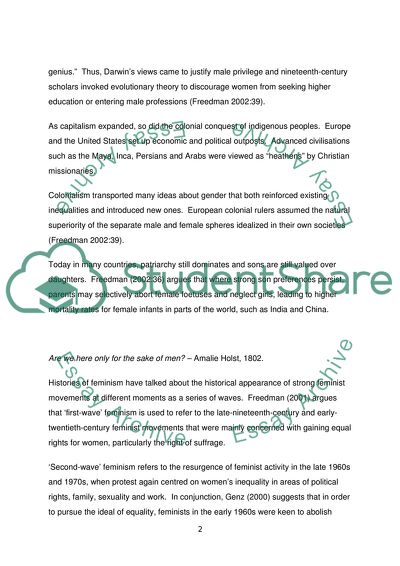Cite this document
(Relevance of Feminism to Contemporary Young Women Coursework - 2, n.d.)
Relevance of Feminism to Contemporary Young Women Coursework - 2. https://studentshare.org/sociology/1738993-feminism
Relevance of Feminism to Contemporary Young Women Coursework - 2. https://studentshare.org/sociology/1738993-feminism
(Relevance of Feminism to Contemporary Young Women Coursework - 2)
Relevance of Feminism to Contemporary Young Women Coursework - 2. https://studentshare.org/sociology/1738993-feminism.
Relevance of Feminism to Contemporary Young Women Coursework - 2. https://studentshare.org/sociology/1738993-feminism.
“Relevance of Feminism to Contemporary Young Women Coursework - 2”. https://studentshare.org/sociology/1738993-feminism.


